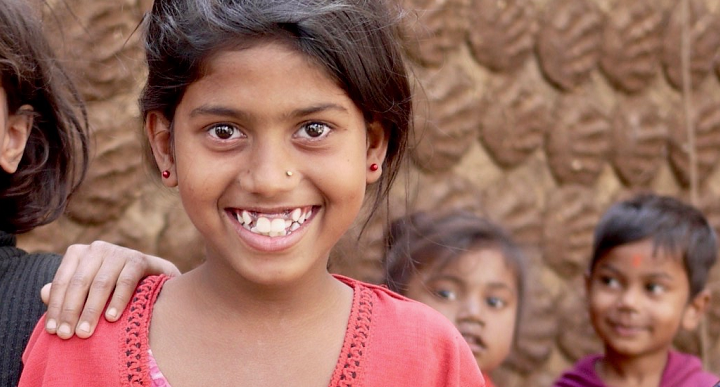Reducing the Threat of Toxic Chemical Pollution
Project Overview
Pollution is the largest environmental cause of death in the world. The goal of the project is to assist governments and communities heavily impacted by toxic pollution in low-and middle-income countries to take locally led action at the community, regional and/or national level to mitigate health exposures by breaking pollution exposure pathways, preventing future toxic emissions, and mainstreaming this information to cultivate broad interest in pollution issues.
Pure Earth works with USAID in two key areas:
- Toxic Sites Identification Program (TSIP) – see below.
- Reducing Childhood Lead Exposures
How big is the pollution problem?
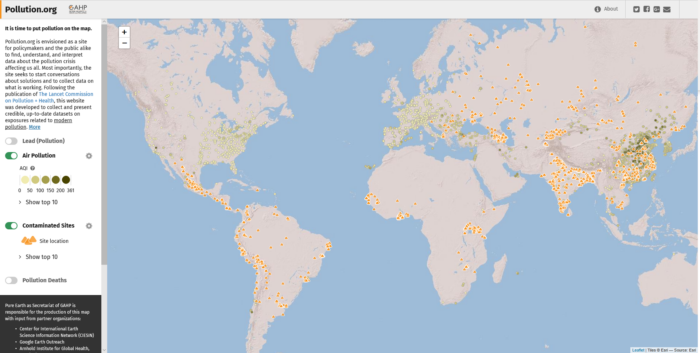
Toxic Sites Identification Program (TSIP)
In many low- and middle-income countries, industrial activities are often conducted without proper pollution controls or worker protections, resulting in thousands of toxic hotspots, where soil and water are contaminated with toxic chemicals. Such activities frequently take place in residential areas, posing an ongoing health threat to families living nearby. In many high-income countries, governments maintain databases of such contamination hotspots and have institutional mechanisms to address contaminated sites. This is rarely the case in low- and middle-income countries.
The Toxic Sites Identification Program (TSIP) is the largest global database of sites contaminated with toxic chemicals. The TSIP aims to locate, assess and document contaminated sites in low- and middle-income countries, and stores this data in a publicly available database that provides decision-makers with information that is otherwise unavailable through national programs. The TSIP database generates a relative risk score (0-10) for each contaminated site based on environmental sampling and other field data, thus allowing decision-makers to prioritize certain sites or sectors for intervention.
Without proper interventions to prevent, mitigate and remediate such sites, toxic hotspots pose long-term risks that undermine development objectives related to public health, education, poverty reduction, natural resources and sustainability.
Objectives
The Toxic Sites Identification Program (TSIP) aims to provide decision-makers at all levels of government and within the international development community with information on the location, sources and potential impacts of sites contaminated by chemical pollution. The publicly available TSIP database of nearly 5,000 initial site assessments fills a critical information gap in many countries and facilitates the prioritization of pollution control and remediation efforts.
Activities
USAID partners with Pure Earth on TSIP in select countries. Pure Earth-trained local investigators visit and assess sites using an Initial Site Screening protocol. Investigators collect environmental samples, interview residents, take photographs, investigate potential pollution sources and fill in more than 50 other data fields. The data is then reviewed and entered into the TSIP database, the largest database of its kind in the world. Globally, TSIP has identified nearly 5,000 toxic sites in over 50 countries.
TSIP information is shared with USAID stakeholders, governments and partners several times per year. Based on TSIP information, and in discussion with local partners and government officials, more detailed site assessments may be scheduled for priority sites to gather more information to inform risk mitigation and/or remediation plans.
Results
Armenia
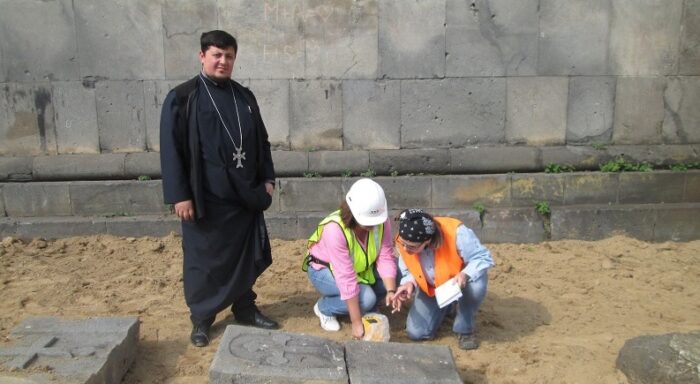
TSIP investigators have conducted over 115 site assessments in Armenia. 59 of these were undertaken between April of 2016 through fall of 2019, and have been identified as a priority environmental health problem. Based on TSIP data, the large Abovyan dumpsite was selected by local authorities for further investigation and potential intervention. In 2018, Pure Earth completed a cleanup of lead-contaminated soil at the Akhtala monastery, which was earlier identified as having the highest concentration of lead detected in the country. The historic monastery, which was built on a former mining site, had been polluted since the 10th century. Learn more on the Pure Earth Armenia page.
Bangladesh
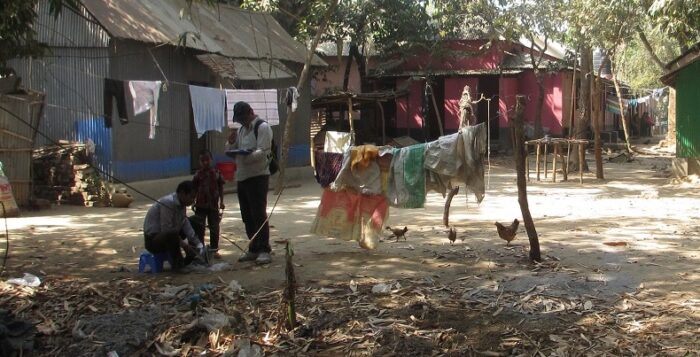
The village was contaminated with lead from two abandoned informal used lead-acid battery recycling operations. Children’s blood lead levels fell by 42% following Pure Earth’s cleanup in Kathgora. Photo: Pure Earth.
TSIP investigators have identified over 360 polluted sites to date in Bangladesh, the majority (nearly 340) since the inception of USAID’s work with Pure Earth in the country. Most are contaminated with lead. In 2019, two sites (Kathgora and Mirzapur) were selected by local stakeholders for further investigation. A cleanup project was successfully completed in Kathgora in 2017, and efforts are currently underway to evaluate strategies to mitigate pollution at the Mirzapur site. Learn more on the Pure Earth Bangladesh page.
Colombia
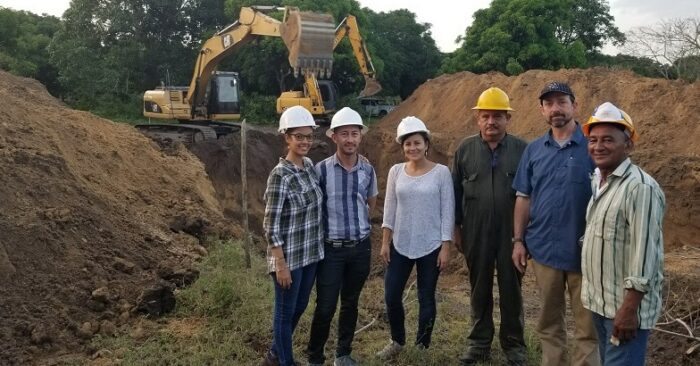
Over 90 sites in Colombia have been identified and entered into the TSIP database, 71 of which were done in partnership with USAID. Many are contaminated with mercury from artisanal and small-scale gold mining. TSIP data has been shared with local authorities, and a community education and remediation project was successfully completed at a lead-contaminated community in Malambo. Learn more on the Pure Earth Colombia page.
India
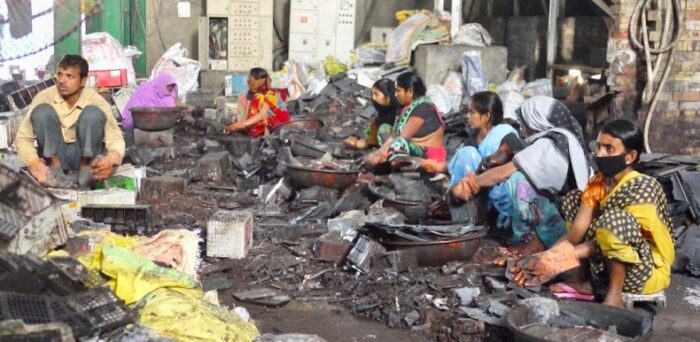
TSIP investigators have identified over 700 sites in India, 225 of which were assessed with support from USAID. Site assessments are continuing with a focus on contaminated sites in southern and western states. Over 2.3 million people are impacted by pollution at these sites. The state-level Pollution Control Boards have expressed significant interest in TSIP work. Based on TSIP data, a site near Vellore, Tamil Nadu, was selected for a detailed assessment and subsequent remediation project, which is currently pending. Cleanup of a lead contaminated neighborhood in Karmalichak, near Patna, Bihar State, was completed in 2018. Learn more on the Pure Earth India page.
Mongolia
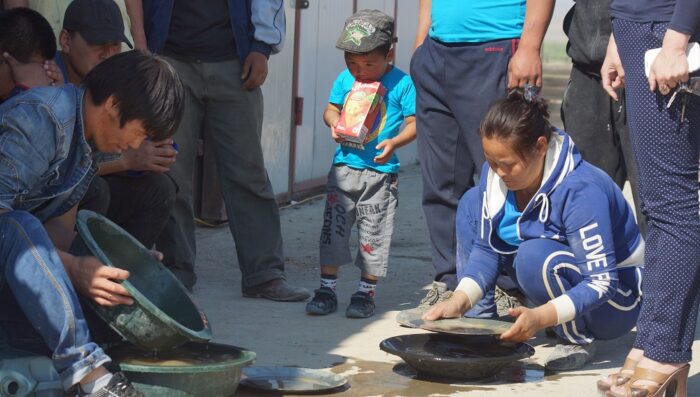
TSIP investigators have identified over 90 contaminated sites in Mongolia, 67 of which were assessed with support from USAID. The vast majority of the toxic sites result from artisanal and small-scale gold mining. At the request of the Administration of Ulaanbaatar, a tannery industry zone in the Khan-Uul district containing about 60 tannery facilities was selected for further investigation and possible remediation due to a credible health risk to 12,000 people living nearby. Learn more on the Pure Earth Mongolia page.
Philippines
Nearly 110 contaminated sites were identified and assessed from 2009 through 2011 in the Philippines. Beginning in 2017, with the support of USAID, Pure Earth piloted a more comprehensive investigative assessment approach to evaluating Iloilo City and Tagbilaran City, collecting over 19,000 samples in 95 randomly selected barangays. The intent of the more extensive approach was to evaluate heavy metals concentrations across the cities in an effort to understand the geographic distribution of heavy metals in soil and to potentially identify sites for more targeted investigations. Iloilo City and Tagbilaran City in the Visayas Region were already part of USAID’s Strengthening Urban Resilience for Growth with Equity (SURGE) Project, which fosters the development of conditions for broad-based, inclusive and resilient economic growth for a critical mass of cities and surrounding areas outside Metro Manila, Cebu, and Davao. Initial sharing of TSIP data at the local government level has resulted in interest in the integration of pollution mitigation considerations in land use and development planning in Iloilo City and Tagbilaran City. Learn more on the Pure Earth Philippines page.
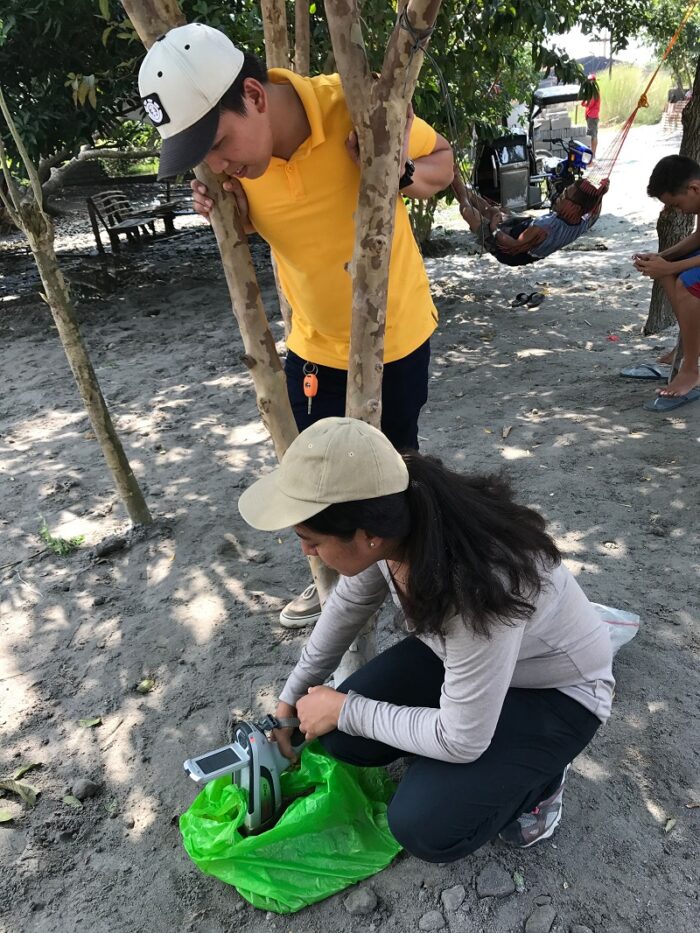
Photo: Pure Earth
Senegal
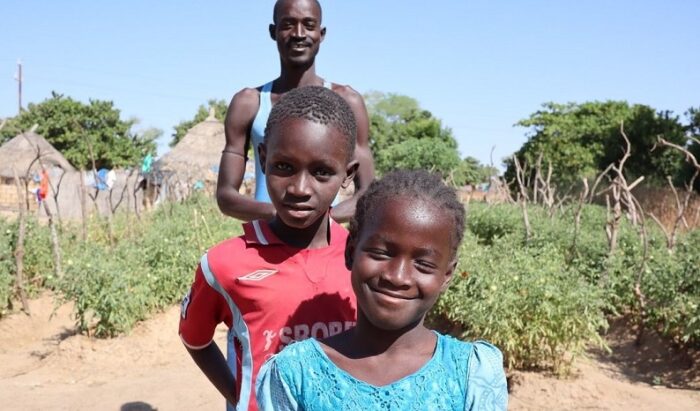
TSIP investigators have assessed and documented nearly 120 toxic sites in Senegal, most of which (102) were conducted in partnership with USAID. The majority of sites identified are polluted with mercury from artisanal and small-scale gold mining. Another 38 new mercury sites have been identified in Kedougou and Tambacounda regions and await assessments. TSIP data has been shared with various local government departments including the Ministry of Health and the Ministry of Environment, and with international and local partners. These assessments are now being used to inform the development of a national Health and Pollution Action Plan (HPAP) for Senegal. Learn more on the Pure Earth Senegal page.
Tajikistan
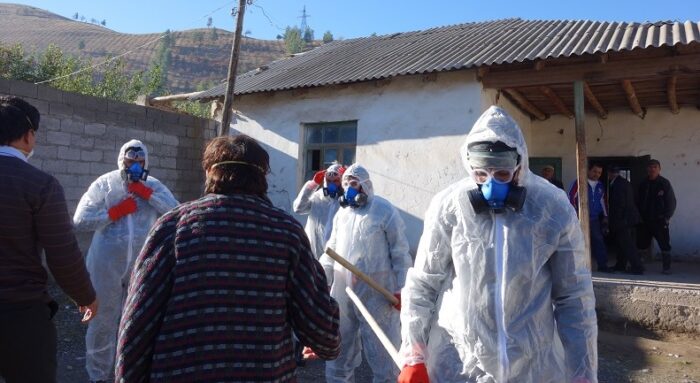
In the spring and summer of 2019 (March through September), TSIP investigators conducted assessments of 52 polluted sites in the country. To date there are about 220 sites in Tajikistan listed in the TSIP database. Most are contaminated with pesticides, particularly DDT. Several sites contaminated with abandoned and obsolete pesticides in Sherobod, Beshkent, and Sangoba have been cleaned up as a result. TSIP data also revealed that another significant environmental issue in Tajikistan is radiation from the mining and processing of uranium ore. Learn more on the Pure Earth Tajikistan page.
Vietnam
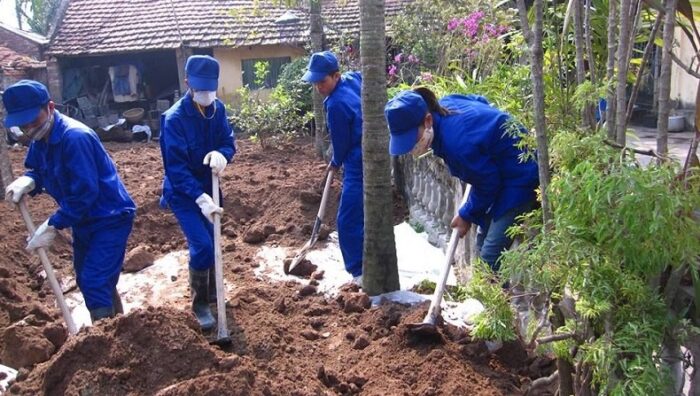
TSIP work in Vietnam focuses on heavily industrialized “craft villages,” which are like factory collectives, with each village focusing on the manufacture of one product. In 2018 and 2019, the TSIP team worked with Bac Ninh Department of Natural Resources and Environment and other local authorities to complete the assessment of 10 sites in Bac Ninh province of Vietnam. To date, the TSIP database has data on 114 contaminated sites in the country. USAID funded assessments for 28 of these sites. Learn more on the Pure Earth Vietnam page.
Links
- Learn more about the Toxic Sites Identification Program
- Watch TSIP Investigators in Action
- Explore the TSIP database
- From the Pollution Blog: Walking the Earth to Find Pollution
- From the Pollution Blog: Looking for Lead? No Problem! Quickest Discovery in two Decades


